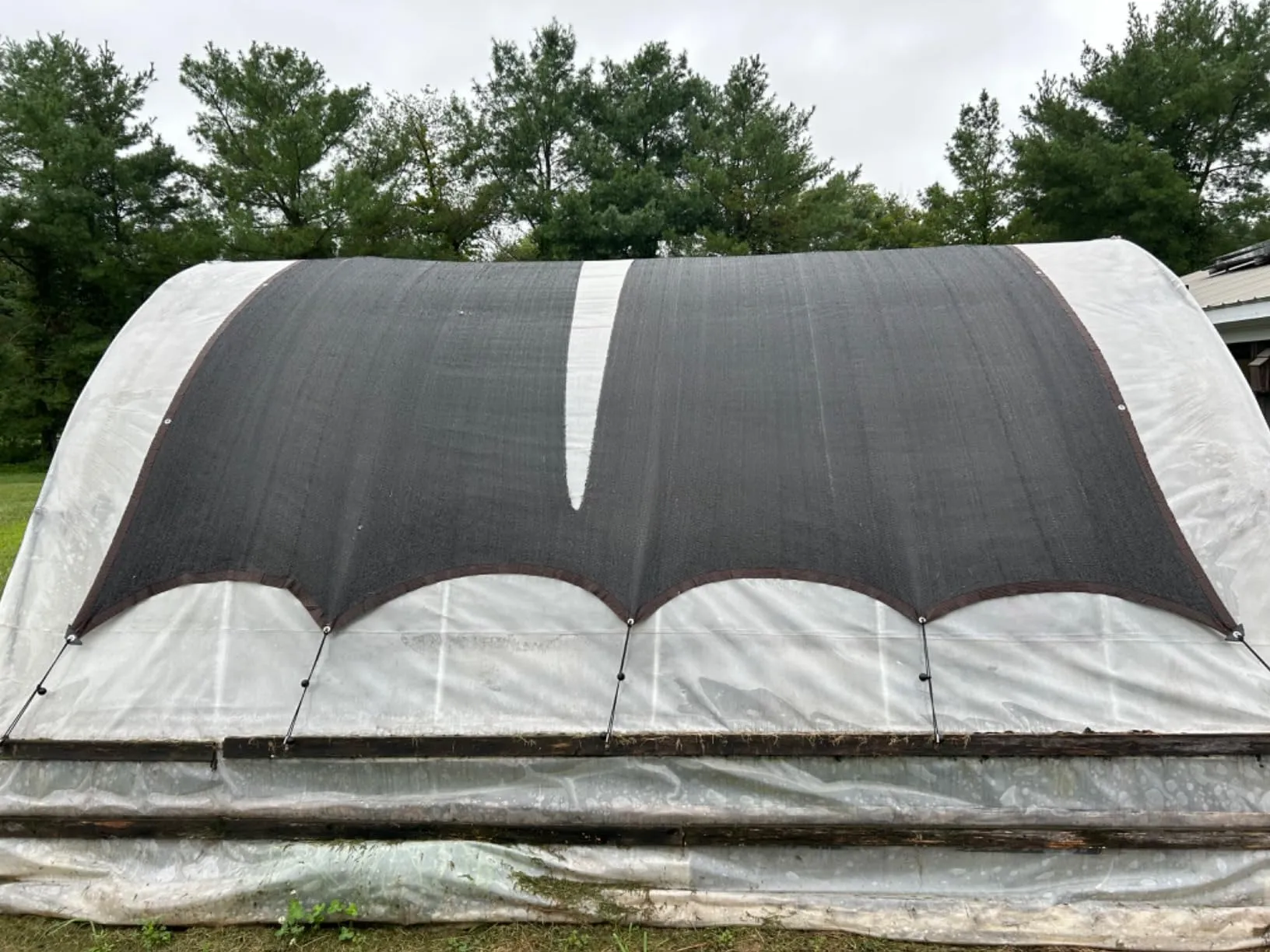-
 Afrikaans
Afrikaans -
 Albanian
Albanian -
 Amharic
Amharic -
 Arabic
Arabic -
 Armenian
Armenian -
 Azerbaijani
Azerbaijani -
 Basque
Basque -
 Belarusian
Belarusian -
 Bengali
Bengali -
 Bosnian
Bosnian -
 Bulgarian
Bulgarian -
 Catalan
Catalan -
 Cebuano
Cebuano -
 China
China -
 Corsican
Corsican -
 Croatian
Croatian -
 Czech
Czech -
 Danish
Danish -
 Dutch
Dutch -
 English
English -
 Esperanto
Esperanto -
 Estonian
Estonian -
 Finnish
Finnish -
 French
French -
 Frisian
Frisian -
 Galician
Galician -
 Georgian
Georgian -
 German
German -
 Greek
Greek -
 Gujarati
Gujarati -
 Haitian Creole
Haitian Creole -
 hausa
hausa -
 hawaiian
hawaiian -
 Hebrew
Hebrew -
 Hindi
Hindi -
 Miao
Miao -
 Hungarian
Hungarian -
 Icelandic
Icelandic -
 igbo
igbo -
 Indonesian
Indonesian -
 irish
irish -
 Italian
Italian -
 Japanese
Japanese -
 Javanese
Javanese -
 Kannada
Kannada -
 kazakh
kazakh -
 Khmer
Khmer -
 Rwandese
Rwandese -
 Korean
Korean -
 Kurdish
Kurdish -
 Kyrgyz
Kyrgyz -
 Lao
Lao -
 Latin
Latin -
 Latvian
Latvian -
 Lithuanian
Lithuanian -
 Luxembourgish
Luxembourgish -
 Macedonian
Macedonian -
 Malgashi
Malgashi -
 Malay
Malay -
 Malayalam
Malayalam -
 Maltese
Maltese -
 Maori
Maori -
 Marathi
Marathi -
 Mongolian
Mongolian -
 Myanmar
Myanmar -
 Nepali
Nepali -
 Norwegian
Norwegian -
 Norwegian
Norwegian -
 Occitan
Occitan -
 Pashto
Pashto -
 Persian
Persian -
 Polish
Polish -
 Portuguese
Portuguese -
 Punjabi
Punjabi -
 Romanian
Romanian -
 Russian
Russian -
 Samoan
Samoan -
 Scottish Gaelic
Scottish Gaelic -
 Serbian
Serbian -
 Sesotho
Sesotho -
 Shona
Shona -
 Sindhi
Sindhi -
 Sinhala
Sinhala -
 Slovak
Slovak -
 Slovenian
Slovenian -
 Somali
Somali -
 Spanish
Spanish -
 Sundanese
Sundanese -
 Swahili
Swahili -
 Swedish
Swedish -
 Tagalog
Tagalog -
 Tajik
Tajik -
 Tamil
Tamil -
 Tatar
Tatar -
 Telugu
Telugu -
 Thai
Thai -
 Turkish
Turkish -
 Turkmen
Turkmen -
 Ukrainian
Ukrainian -
 Urdu
Urdu -
 Uighur
Uighur -
 Uzbek
Uzbek -
 Vietnamese
Vietnamese -
 Welsh
Welsh -
 Bantu
Bantu -
 Yiddish
Yiddish -
 Yoruba
Yoruba -
 Zulu
Zulu
staircase safety net
Staircase Safety Nets Enhancing Safety in Multi-Level Spaces
In multi-level buildings, staircases are essential for connecting different floors but can also pose significant safety risks. Accidental falls can occur due to various reasons—wet surfaces, insufficient lighting, or even the rush to navigate between levels. One effective solution to mitigate these risks is the installation of staircase safety nets. This innovative safety feature serves not only to prevent accidents but also to enhance the overall aesthetic and functionality of a space.
Staircase safety nets are crafted from durable materials resistant to wear and tear, ensuring long-lasting protection. Typically made from high-strength synthetic fibers, these nets can withstand considerable weight and forces, making them suitable for various environments, from residential properties to commercial buildings. Safety nets act as a physical barrier that can catch individuals in the unfortunate event of a fall, providing an extra layer of security for users.
One of the primary advantages of staircase safety nets is their versatility. They can be customized to fit any staircase size or shape, accommodating both wide and narrow stairwells. This adaptability ensures that safety nets can be effectively integrated into existing structures without extensive renovations. Additionally, they are available in various designs and colors, allowing them to blend seamlessly with the surrounding decor or stand out as an eye-catching feature.
The installation of safety nets is particularly crucial in homes with young children or elderly individuals, who are more susceptible to accidents. For families with toddlers, a safety net can prevent little ones from tumbling down the stairs while learning to navigate multi-level spaces. Similarly, elderly persons, who may face mobility challenges, can benefit from the added safety a net provides. It gives caregivers peace of mind, knowing there’s a protective measure in place.
staircase safety net

Beyond residential use, businesses that operate in multi-story buildings, such as hotels, training facilities, and corporate offices, also reap the benefits of staircase safety nets. In high-traffic areas, where safety protocols are paramount, these nets serve as an unexpected but valuable safety feature, enhancing employee and customer confidence. Furthermore, by reducing the number of accidents, businesses can potentially lower their insurance premiums and minimize liability risks associated with workplace accidents.
Critically, staircase safety nets also promote a culture of safety within a building. When individuals see that precautions have been taken to ensure their protection, it fosters a positive attitude towards safety practices. This awareness can lead to increased vigilance, as users are more likely to exercise caution while using the stairs if they know protective measures are in place.
However, it’s vital to recognize that safety nets should not replace other safety measures. Proper lighting, clear signage, and non-slip surfaces are equally essential in ensuring safe stair navigation. Safety nets should complement these features, forming part of a comprehensive safety strategy.
In conclusion, staircase safety nets are an effective way to enhance the safety of multi-level spaces, providing an additional layer of protection against falls while accommodating the needs of various users. Their versatility, customizability, and aesthetic appeal make them an ideal solution for both residential and commercial properties. By investing in staircase safety nets, property owners demonstrate a commitment to safety, helping to prevent accidents and create a secure environment for all users, ultimately fostering a culture of safety that benefits everyone.
-
Shipping Plastic Bags for Every NeedNewsJul.24,2025
-
Safety Netting: Your Shield in ConstructionNewsJul.24,2025
-
Plastic Mesh Netting for Everyday UseNewsJul.24,2025
-
Nylon Netting for Every UseNewsJul.24,2025
-
Mesh Breeder Box for Fish TanksNewsJul.24,2025
-
Expanded Steel Mesh Offers Durable VersatilityNewsJul.24,2025











